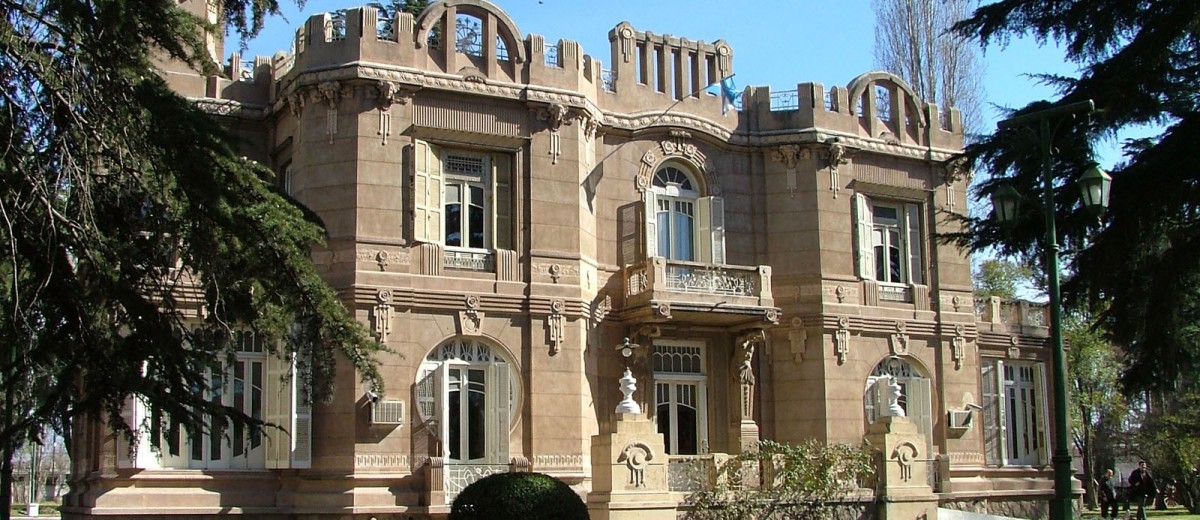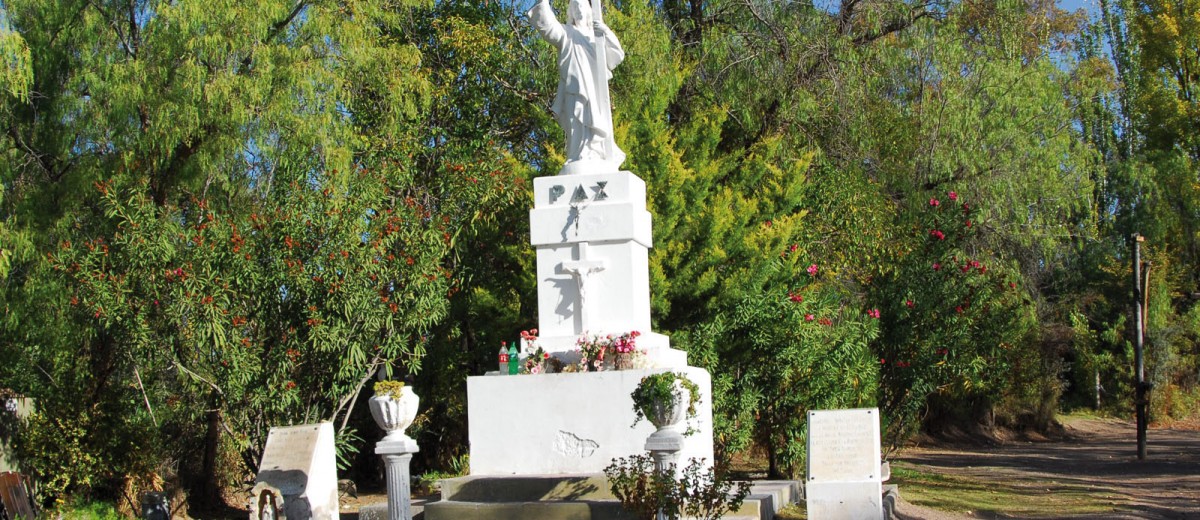Maipú was the chosen department by the European immigrants who wanted to keep one of their most exciting family traditions: wine-making.
Thanks to the tenacity of its inhabitants and the natural privileges of the land and climate, it all contributed to make Maipú the First Wine Making Region of Argentina. It kept the tradition of its descendants, and achieved international recognition for the excellence of its wines.
Tours such as the Wine Museum at Bodega La Rural, or the National Wine Museum and the Grape Harvest Festival were witnesses and keep great part of this story.
Wineries such as Bodegas López, Familia Zuccardi or Finca Flichman, and many other family-owned artisan wineries offer us the dreamed pleasure for each one of our senses.
Their intense textures, their shades, their aromas and sophisticated flavours make a perfect environment for wine tasting, giving indicators of its making, its natural surroundings, and even of the ancestral wishes to preserve one of the most valuable treasures of mankind: wine
ANTIGUA BODEGA GIOL (OLD GIOL WINERY). The Antigua Bodega Giol is located at 1040 Ozamis street in the city of Maipú. The story goes back to the end of the last century, when the Italian Juan Giol, and the Swiss-Italian Juan Bautista Gargantini decided to form a company destined for planting and exploitation of vineyards, in 1896.
In 1909, while the two employers’ houses were under construction, Juan Giol travelled to France to buy oak casks of various sizes. He bought a 75000 litre Nancy oak barrel with a bronze structure that got the first prize for the largest barrel in the world, at the exhibition in “la Rural,” in Palermo, to honour the centenary of the “Revolución de Mayo” (May Revolution) in 1910. In 1911 the company fell apart, and Giol continued in charge of the company founded in Maipú.
Since then, the winery grew till it became the biggest winery in the world, after going through different forms of corporation, until 1965 when it became a state-owned winery.
NATIONAL WINE MUSEUM AND GRAPE HARVEST FESTIVAL. Not long before 1910, Giol and Gargantini decided to build new residences, so they hired the architect Manuel Mignani from Bologna, Italy, and the builder Ricardo Ciancio. The houses followed the style of an Italian villa, surrounded by gardens. The reception room of these houses occupied great part of their surface area, and they opened to their gardens through large windows and balconies.
In its formal expression, they introduced the Liberty style, which is the Italian version of Art Noveau (1895-1914). A recurrent element in both houses was an observation tower, which made the façades monumental.
In 1910 drinking water coming from the filters at the winery was added to both houses, and also electric light coming from their own power generators. Meanwhile, the rest of the village of Maipú remained in the dark, and had to collect water from the well at the square.
One of these two houses is under the administration of Maipú Municipality, and it houses the National Wine Museum..
WINE MUSEUM, LA RURAL WINERY. The museum displays machinery, carriages, presses and other elements that contributed to the Mendoza wine industry. Located inside of Bodega La Rural, in front of Don Felipe’s original residence, it has become the most important wine museum in the Americas, on par with many French, Italian and South African museums.
The museum has within it 4500 artifacts. Of special interest are antique crushers, cooperage tools, colonial mud amphorae, books and enological catalogs, laboratory equipment and some fifty carriages. These pieces were found for the most part in Bodega La Rural warehouse and within the Maipu area.
Next to the museum, a collection of religious images that belongs to Doctor Rodolfo Reina Rutini make a permanent exhibit. Composed of a number of pieces that come from the Cuyo region, they were put together after years of searching and investigation. The collection has approximately 500 pieces.
Esta entrada también está disponible en: Spanish Portuguese (Brazil)








¿Qué te pareció la publicación?